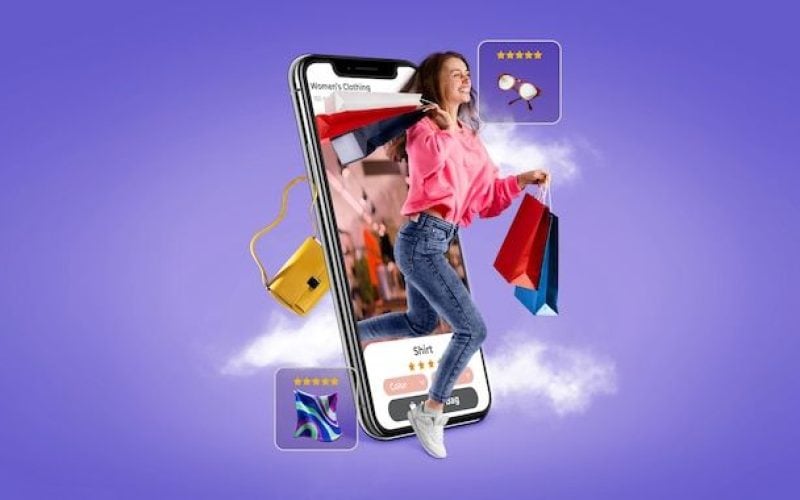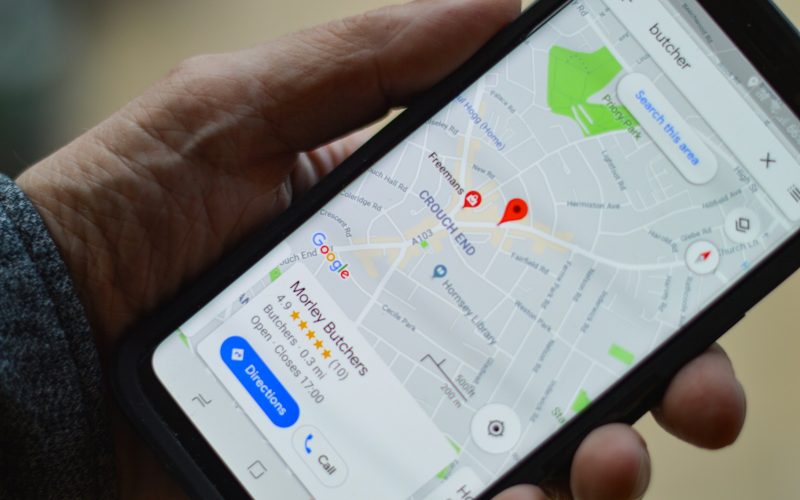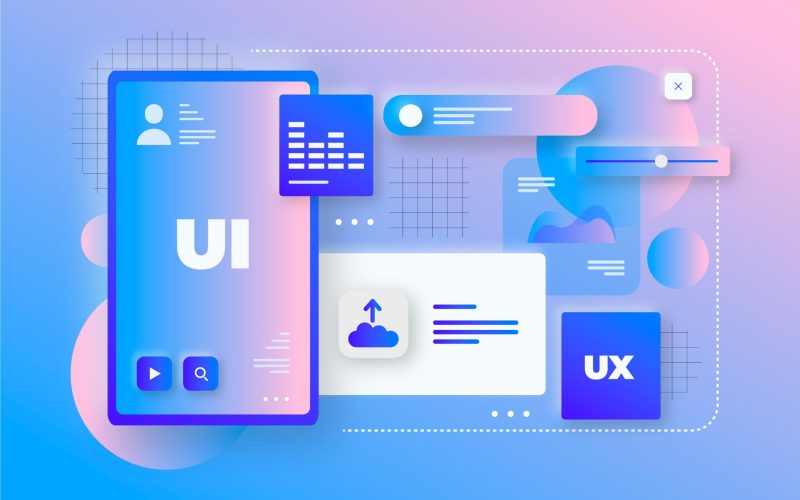Whether you’re new to Facebook ads or have been designing them for some time but are still looking for the best way to structure campaigns, this post is for you. Creating an effective campaign can be a difficult task, but in this post, we’ll help you simplify your campaigns so that running ads doesn’t seem too daunting.
We will help you to structure:
- Conversion campaigns
- Retargeting campaigns
- Video view campaigns
- Website traffic campaigns
- Scale campaigns
We will also include best practices, tips for choosing the right bidding strategy and a guide to creating compelling ad copy.
If you’re ready to streamline your Facebook Ads creation through simplified campaigns, then let’s get started.
Conversion campaigns
There is no formula or black and white for creating high converting Facebook ads. To get the best results, you should conduct rigorous testing to determine who is best to target and which ads work best. Once you discover this, you can use the knowledge to scale campaigns. But more on that later.
For now, let’s focus on conversion campaigns.
What are conversion campaigns?
Conversion campaigns are used to drive traffic to lead magnets such as checklists, cheat sheets, abandoned cart email templates, onboarding email templates and webinars.
Any free subscription you can use to encourage users to interact with your ad is a conversion campaign. These can be free trials for tools such as a PDF editor.
When creating a conversion campaign, we will not use CBO or conversion budget optimization because a CBO will not spend the same amount on each ad. We want the same spend for each ad set to get an accurate view of which audiences perform best.
Within a conversion campaign, you will place an ad set, and within an ad set, an ad.
To clarify things about 3 of these levels, here is a quick explanation:
The campaign is the objective you have for the ad.
The ad set is the audience you will target for the ad.
The ad is the creativity itself.
So, in a conversion campaign, the ideal point is to include 4 to 8 ad sets.
The goal is to separate different audiences so you can test which group offers the best conversions. Ad sets can be a similar audience based on previous customers or leads, one or two interest-based groups, and a broad interest group.
Retargeting campaigns
Retargeting campaigns are basically used for those who are already engaged with the brand but are not yet convinced enough to consume. These audiences are those who consider the brand but are still looking for other options, so you must convince them that it is the best option.
The audience of a retargeting campaign tends to be very small and specific. For this, we will use the reach objective since the audience is near the end of the funnel.
We will use one set of ads for each retargeting group.
Let’s say you create a campaign to learn how to design Lightroom presets for portrait photography. You can create a retargeting campaign for those who viewed your webinar. You can target them with a testimonial ad, a closing ad about an expiring offer or a cart closing. In each ad set, you can place up to 10 ads.
Why?
Because a retargeting campaign using reach targeting does not have a problem with spend allocation like you would experience in a conversion campaign.
Facebook can fairly allocate all ads in a reach-targeting retargeting campaign.
So, to recap, create a set of ads for a retargeting campaign. Then use 1 ad set for each retargeting group. Then you can place up to 10 ads per set of Facebook ads.
Video view campaigns
If you’re going to run an ad at the top of the funnel with video views as the primary objective, the goal will be to get viewers to consume the entire video so that they start to get interested and go deeper in the funnel.
For example, for an e-commerce service such as a predictive dialer, you can create a video explaining how the tool is used and what benefits it can provide. Work with illustrators to make the content more attractive. The structure of a video playback campaign is almost similar to a cold audience conversion campaign. Create 4-8 ad sets and in each set place 3-4 ads to ensure the best delivery on all ads.
In other cases, you want the audience to consume other types of content on the website, such as a blog post or a report. You will still use the same structure for a cold audience conversion campaign.
Now that we’ve covered the campaigns used for testing and after a while, you’ll discover the best audiences, the best creative and the best copy. It’s time for a scaled-up campaign.
Scale campaigns
After testing and discovering the best audiences and creatives, you can now start with a campaign of scale.
With the scale campaign, you can use campaign budget optimization. At this point, you can let Facebook decide where and how much to allocate your budget. Facebook will look for the best opportunities for you and focus on spending budget there.
Create 4 ad sets that represent 4 of the best audiences you have tested. But still, for each ad set, limit yourself to 3-4 ads so that you can maximize the conversions you get per ad per day.
4 ad sets with 4 ads each will allow Facebook’s algorithm to optimize properly so you can get the most out of your ad budget.
Your CBO budget should be equal to the total daily budget you set for the entire campaign. Every day or two you can increase spending by 20% until you see the conversion rate slow down. When you get to this point, you can stop with whatever budget amount you find yourself in.
After a while, conversions will decrease. It is best that, while running scaling campaigns, you continue to test new ads that you will use to replace the old ads you use in the scaling campaign. This will help you achieve consistent conversions and avoid ad fatigue.
To summarize the whole process of the campaign:
Start by testing audiences, creative and copy using conversion campaigns, retargeting campaigns or video view campaigns. Determine winning audiences and creatives and use them for the scale campaign with CBO enabled.
We hope you found these Facebook ads tips useful. Now you can simplify the creation of ads with this structure. Even so, if you want to outsource this service, Several will be happy to boost your brand. Shall we talk?






